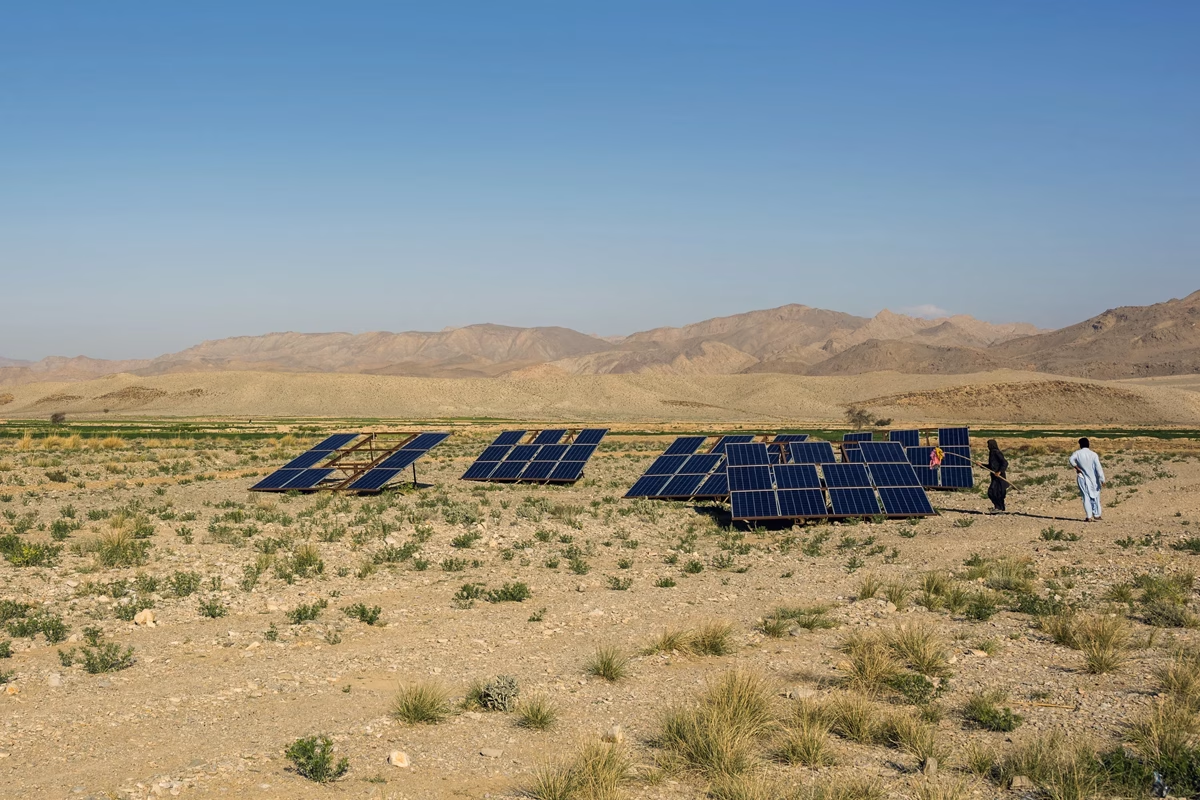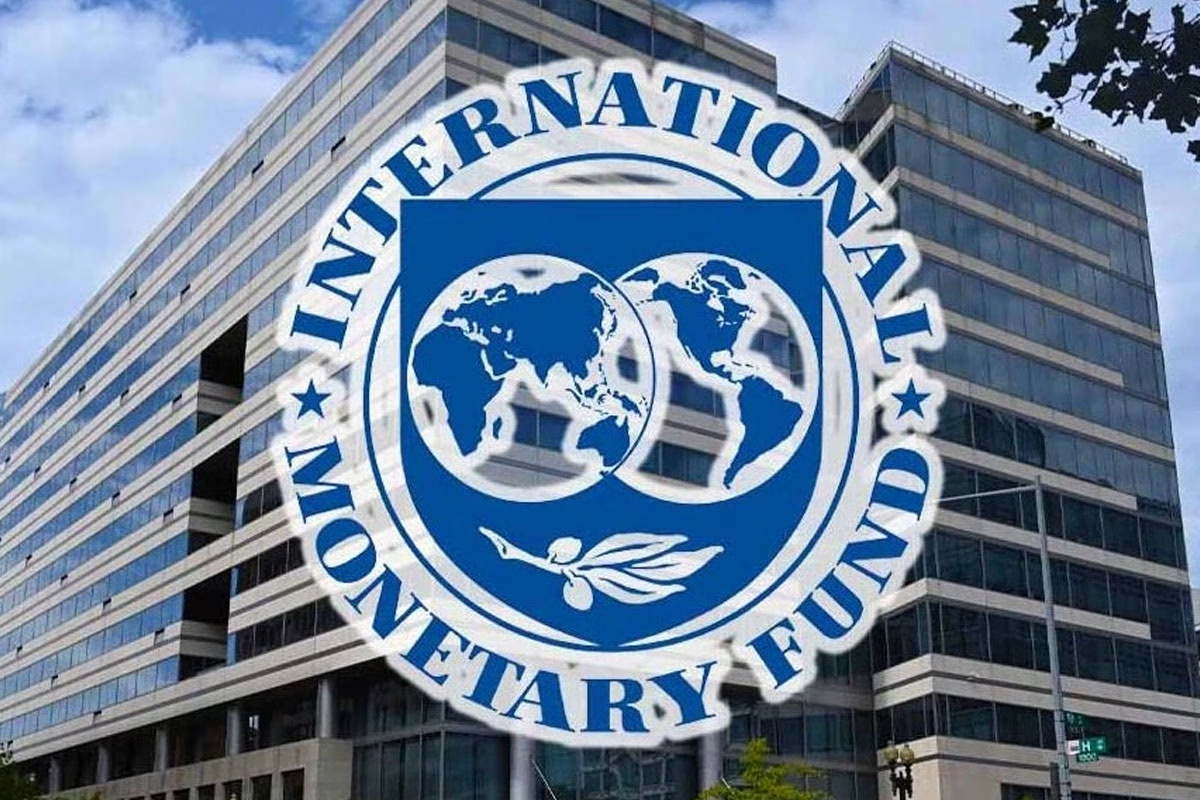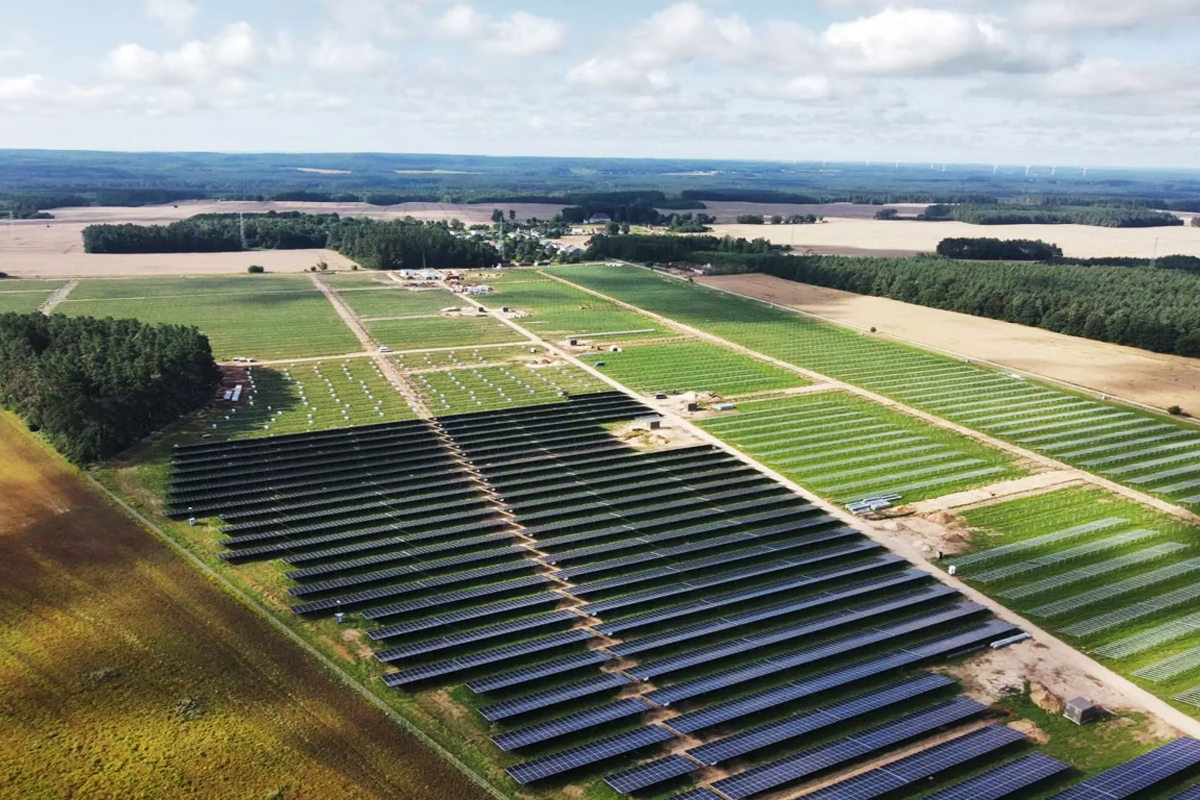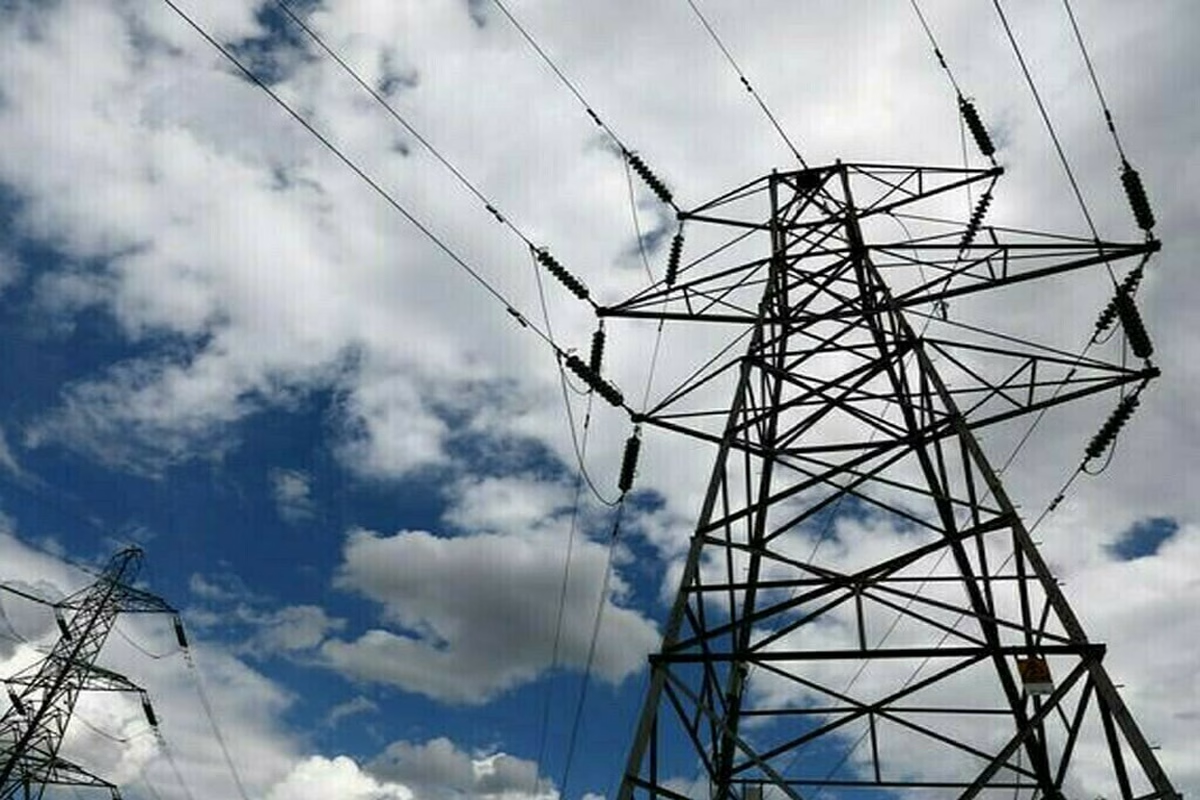
Winds of Change: Strengthening Pakistan’s Grid with Offshore Energy
November 26, 2024
‘Haryali’ art exhibition, Denmark calls for urgent environmental action in Pakistan
November 26, 2024Pakistan’s agricultural heartland has witnessed a striking transformation, with vast fields now lined with rows of solar panels. Imports of solar equipment from China surged in the first nine months of 2024, well surpassing the total for 2023, according to data from BloombergNEF. The $1.7 billion in purchases could generate 17 gigawatts of electricity, more than a third of the country’s total power capacity, if deployed across rooftops and farms.
For farmers like Mohammad Murtaza, the shift to solar has been financially transformative. By replacing diesel-powered or expensive grid-supplied irrigation pumps with solar energy, Murtaza has significantly reduced his electricity bill. Farmers are the latest group to adopt solar, joining households and businesses in a country where energy costs have soared by over three times since 2021, as the government cut subsidies to meet IMF conditions.
This rapid shift to solar has brought several benefits. It’s offering financial relief to consumers and businesses able to invest in the technology, reducing government spending on fuel imports, and supporting Pakistan’s goal of increasing renewable energy to 60% of its total power mix by 2030. However, the unregulated boom could undermine the stability of Pakistan’s utilities and threaten the fragile economy.
“There’s a massive solar rush in Pakistan; the numbers are staggering,” said Muhammad Mujahid, executive director of Lahore-based Innovo Corporation. But he also warned of a “utility death spiral” as more consumers abandon the grid. State-owned power utilities, which have accumulated losses of 2.4 trillion Pakistani rupees ($8.6 billion) from 2014 to 2023, are already struggling. The IMF has emphasized that retaining demand should be a central focus of reforms.
“The losses for distribution companies are mounting as solar adoption increases,” said Salahuddin Riffai, former chairman of Islamabad Electric Supply Co. “The burden is growing on the remaining customers.”
Pakistan has faced financial challenges after borrowing heavily from China under the Belt and Road Initiative to build up its power generation capacity. The government is now seeking to extend the maturity of this debt and is in talks to revise or terminate contracts with local power producers. Privatization of some utilities is also under consideration.
“If the government opens the power market without capping solar capacity, most of the current generation fleet will become idle,” said Syed Faizan Ali Shah, a member of the prime minister’s solarization committee. “Who will pay for those plants? This is a major concern.”
The surge in solar panel imports from China began in earnest in 2023, after Pakistan lifted import restrictions. The country has since become the third-largest importer of Chinese panels. Billboards in major cities and advertisements during cricket matches are promoting solar installations. This solar boom has spread beyond energy firms to real estate developers and electronics companies, with top traders importing up to 250 megawatts of panels per month, according to Usman Ahmad, CEO of Nizam Energy Pvt.
The demand is largely driven by households and businesses that have been plagued by frequent blackouts due to the unreliable power grid. While concerns about a grid collapse are extreme, Pakistan’s Power Minister Awais Leghari acknowledged that the reduction in grid demand is a real issue. “Utilities must be more responsive to customers’ demands for reliability and fair tariffs,” he said. “We can’t maintain the status quo.”
For farmers like Murtaza, adopting solar was a no-brainer. His solar panels paid for themselves in less than a year, and his electricity bill has dropped by 80%. The savings have allowed him to increase his crop yield, planting three crops per year instead of two. “Ninety-five percent of the farmland in this area has switched to solar,” he said, gesturing to the fields covered with solar panels.
However, it’s difficult to track how much of the imported solar equipment has been installed, as official data is scarce. A satellite analysis from Atlas, a Norwegian geospatial firm, identified around 400 solar plants, mainly in industrial areas, but many more installations went undetected. Most of the panels have been deployed across homes, factories, and farms, according to solar distributors.
The rapid growth of solar in Pakistan is notable for occurring without subsidies, according to Jenny Chase, an analyst at BloombergNEF. But she warns that this boom may lead to a bust. For the government, managing the aftermath of this solar surge, maintaining the health of the power grid, and supporting traditional power companies will be crucial to preventing an economic disaster, especially for the millions who cannot afford solar.
“The solar rush is happening in an unsafe, unregulated manner,” said Amin Sukhera, CEO of Sky Electric, a Pakistani solar company. “The grid operators don’t fully understand the imbalance caused by people attaching solar connections. The grid is already struggling, and I fear it may get worse.”




